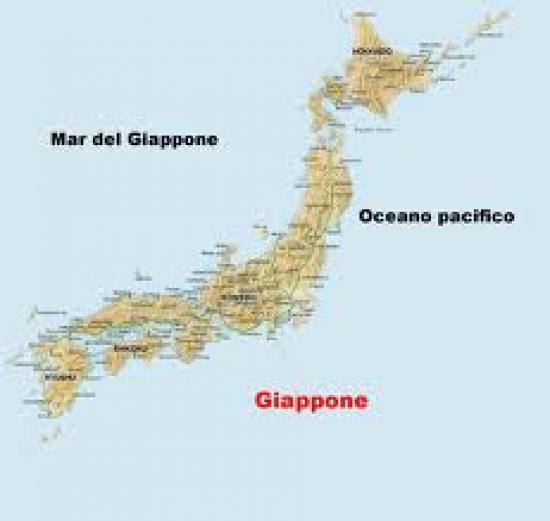Japan needs better tsunami infrastructure: expert Related News
Approfondimento - lettura destinata solo agli utenti registrati
More infrastructure spending by Japan could have lessened the impact of this month's deadly tsunami but the government has become too reliant on low-cost measures such as handing out warning maps, a prominent tsunami researcher said.
Japan should invoke Western-style urban planning to keep houses and hospitals further from the coast as it rebuilds from the crippling disaster, said Fumihiko Imamura, a professor at Tohoku University's Disaster Control Research Center.Japan's cash-strapped government has moved away in recent years from costly projects such as increasing the height of sea walls to budget measures like producing maps that show which areas are at lower sea levels, he said."We cooperate with the government on tsunami countermeasures, but there has been less financing and sometimes there isn't enough for the construction of structural measures," Imamura said in an interview on Sunday.

